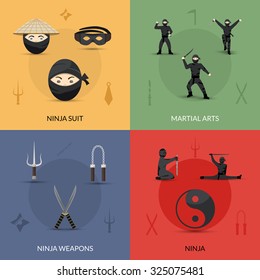What Are The Differences In Between The Focus On Technique In Typical Martial Arts And The Competitive Emphasis Of Modern-Day Battle Sporting Activities? Explore The Necessary Differences That Can Influence Your Course
What Are The Differences In Between The Focus On Technique In Typical Martial Arts And The Competitive Emphasis Of Modern-Day Battle Sporting Activities? Explore The Necessary Differences That Can Influence Your Course
Blog Article
Authored By-Valentine Sexton
When you think of martial arts, do you lean much more toward the conventional methods or the modern fight sports? Each course supplies distinct benefits and experiences, formed by their ideologies and training approaches. Standard martial arts stress individual growth and discipline, while modern-day fight sports focus on competitors and efficiency. Understanding https://fordhamram.com/2023/06/28/the-ultimate-guide-to-choosing-the-perfect-martial-arts-school/ can assist you in selecting the best technique for your trip. However just how do these differences materialize in training and viewpoint?
The Approach and History Behind Standard Martial arts
While many people connect martial arts with physical battle, the viewpoint and background behind traditional martial arts run much deeper. You'll find that these self-controls emphasize individual development, self-control, and regard.
Stemming from old practices, typical martial arts were typically developed for Self-Defense and spiritual advancement. They personify concepts such as balance, harmony, and self-constraint, assisting professionals past plain battling abilities.
As you educate, you'll not just discover methods however likewise get insights into the culture and values that shaped these arts. The rituals and traditions, commonly given via generations, foster a feeling of area and belonging.
The Competitive Nature of Modern Fight Sports
Modern fight sporting activities have actually transformed the landscape of martial arts into a very affordable arena, where professional athletes face off in a test of ability, method, and endurance.
You'll see that competitors are often arranged with stringent policies and regulations, making sure fair play and security. These events bring in big audiences, fueling the exhilaration and intensity of matchups.
Professional athletes train rigorously, not just for physical prowess but also for psychological strength, recognizing that every detail counts in the ring. The adrenaline rush throughout competitions is palpable, as boxers press their restrictions to claim victory.
Followers value the athleticism and creativity entailed, making contemporary combat sports a thrilling phenomenon that remains to progress and mesmerize fanatics around the world.
Training Methods and Methods: A Relative Analysis
The affordable environment of contemporary combat sporting activities demands innovative training techniques that differ dramatically from standard martial arts.
In Read More In this article , you'll concentrate on details techniques, sparring, and conditioning, usually utilizing drills that replicate genuine battle scenarios. You'll see an emphasis on measurable performance and regular competition to evaluate your skills.
In contrast, standard martial arts focus on kinds, katas, and thoughtful mentors, frequently stressing discipline and regard over competitors.
Training is usually less intense and might involve repetitive practice instead of real-time sparring.
While both techniques develop skill and health and fitness, contemporary fight sports give a much more vibrant and adaptable training atmosphere, preparing you for instant obstacles in the ring or cage.
Pick the course that aligns with your objectives and interests.
Conclusion
In selecting in between standard martial arts and modern-day battle sporting activities, it truly boils down to what you value many. If you're searching for individual growth, technique, and a sense of community, conventional arts may be your finest fit. But if you thrive on competition and real-time challenges, modern combat sports could be the means to go. Ultimately, both paths offer unique advantages, so it's all about straightening your training with your individual objectives and interests.
